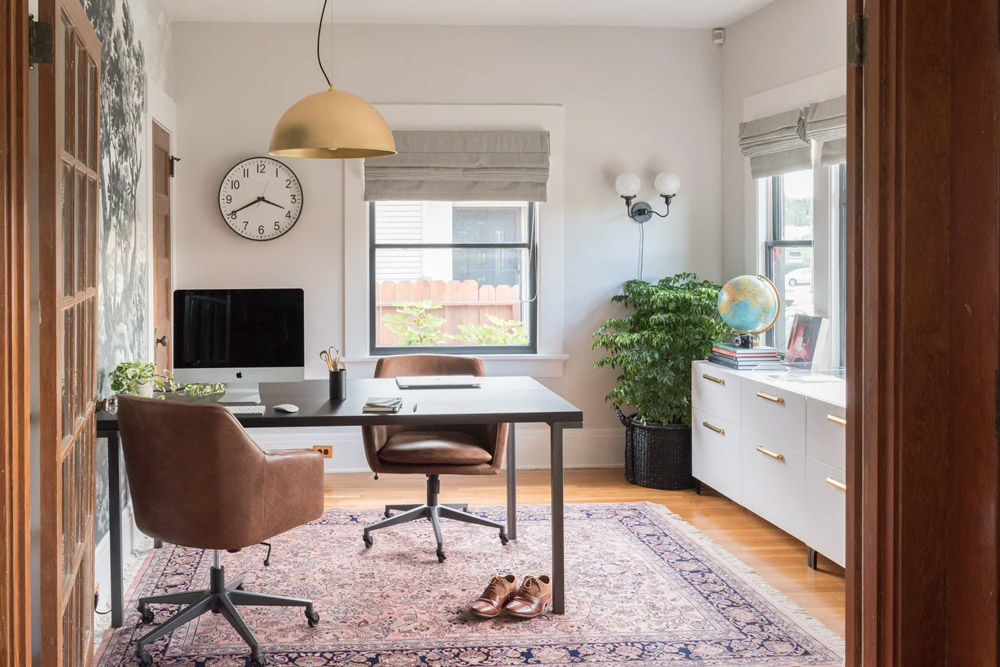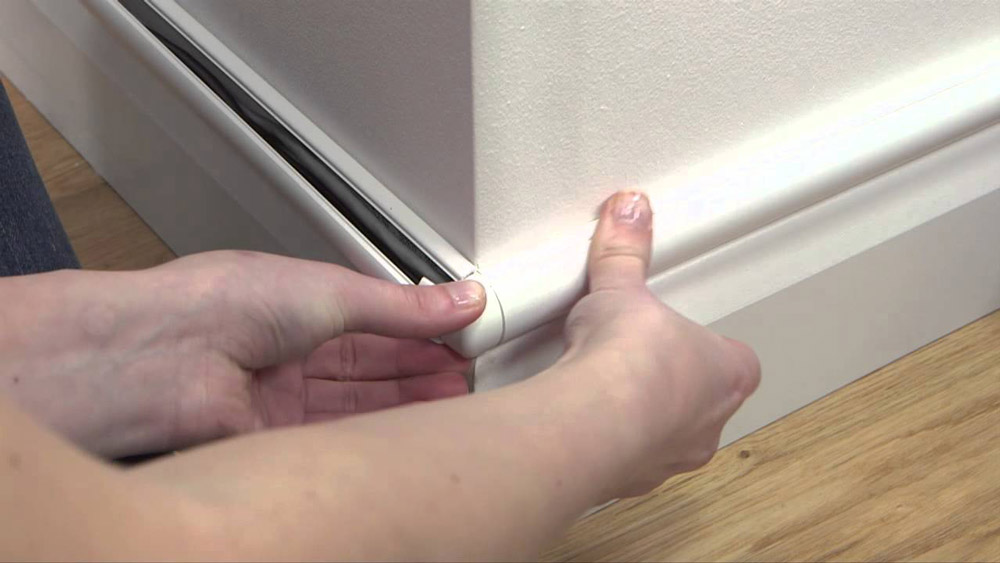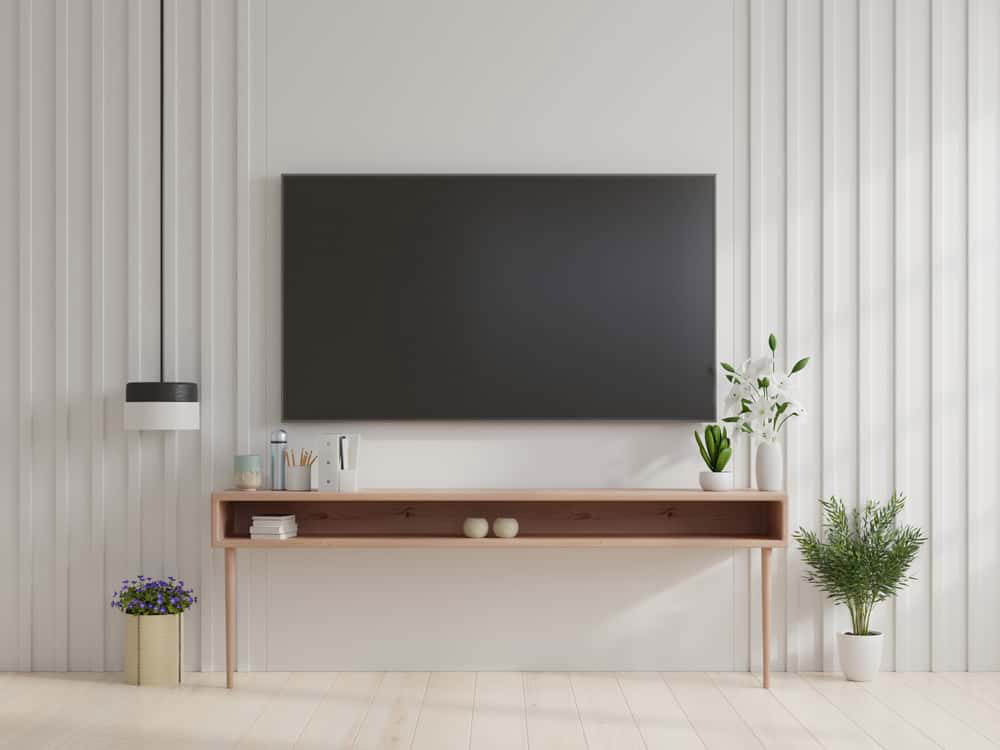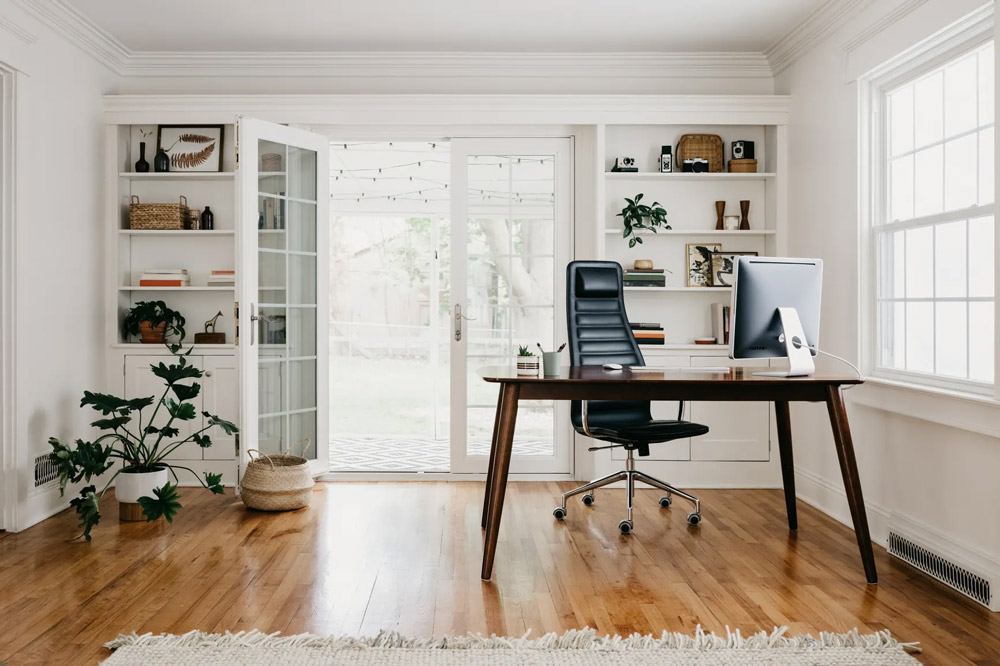Visible wires and exposed electronics can make even the most stylish room feel cluttered and unfinished. Whether you’re a homeowner, renter, or office worker, hiding cables without tearing into the walls is a common and solvable challenge. The good news? You don’t need a remodel to achieve a clean and organized look. With the right tools and a bit of creativity, you can conceal cables and electronics easily, safely, and affordably.
Contents
- Why It’s Important to Hide Cables and Devices
- Temporary and Non-Invasive Solutions
- Creative DIY Cable Hiding Hacks
- Hiding TV Wires Without Cutting Into Walls
- Concealing WiFi Routers and Electronics
- Solutions for Office and Gaming Setups
- Recommended Products to Help You Hide Cables
- Mistakes to Avoid
- Final Thoughts
Why It’s Important to Hide Cables and Devices
There’s more to cable management than just aesthetics. Tangled cords and scattered electronics can pose real hazards in your home or workspace. Loose wires increase the risk of tripping, attract dust, and can even become a fire risk if left unmanaged. For families with children or pets, exposed wires can be especially dangerous.
Visually, a space with hidden wires and clean lines looks more modern, intentional, and relaxing. Whether you’re staging your home, setting up a home office, or designing a content creator’s desk setup, cable management plays a vital role in your environment.
Temporary and Non-Invasive Solutions
If you’re renting or just not ready to renovate, you can still achieve a wire-free look using a variety of non-invasive options.

Cable Management Boxes and Sleeves
Cable boxes are a simple, affordable way to hide power strips and the tangle of plugs that come with them. These boxes are designed to be both functional and decorative, often available in neutral or stylish designs that blend into your room.
Cable sleeves, typically made from fabric or flexible plastic, bundle multiple wires into one neat tube. This not only reduces visual clutter but also protects your cables from pets or wear and tear.
Adhesive Cable Clips and Raceways
Peel-and-stick cable clips are ideal for running cords along baseboards, behind desks, or underneath tables. These clips are easy to install and remove, making them perfect for rental spaces.
Cable raceways are enclosed channels that stick to your wall and hide wires inside. They come in paintable versions so you can match them to your wall color for a seamless look.
Furniture-Based Concealment
A clever approach to cable management is using existing furniture to hide cables. You can run cords behind TV stands, under rugs, or underneath large furniture pieces. For example, placing a bookshelf near an outlet allows you to run wires discreetly behind it while keeping your devices accessible.
Under-Desk Cable Trays
If you’re dealing with a home office or gaming setup, under-desk cable trays can completely transform your workstation. These trays mount to the underside of your desk and hold surge protectors, chargers, and bundled cords, keeping everything off the floor and out of sight.
Creative DIY Cable Hiding Hacks
Sometimes the best solutions are the most creative ones. With a few household items and a little imagination, you can hide your wires in plain sight.

Use Decorative Elements
Baseboards and decorative moldings can serve as natural guides to run cables. You can even attach a thin cord along a molding line using clear clips. Another trick is to use hollowed-out books or picture frames to disguise routers or smart speakers.
Fabric Bins or Baskets
Woven baskets and decorative boxes are ideal for concealing power strips and routers. Look for storage bins with built-in holes or handles that allow cables to pass through easily.
Command Hooks and Binder Clips
For an ultra-low-budget solution, command hooks and binder clips can hold cables in place along furniture edges or desk legs. These are renter-friendly, easy to reposition, and help create a tidy appearance without any drilling.
Hiding TV Wires Without Cutting Into Walls
Wall-mounted TVs look sleek—until the cords start dangling underneath. Fortunately, there are wall-friendly alternatives to in-wall wiring.
One of the best options is a surface cable management kit. These kits come with adhesive backing and are designed to blend in with your wall. Some are paintable, allowing you to match them to the wall color for an even cleaner appearance.
Another solution is to install a shelf directly under your TV and run the cables behind it. This helps hide HDMI cords, power cables, and streaming device wires all at once.

Concealing WiFi Routers and Electronics
WiFi routers, modems, and other smart home devices tend to look bulky and unattractive. To hide them without affecting signal strength, consider placing them in decorative boxes or woven baskets. Just make sure the material doesn’t block the signal.
Another option is to repurpose a drawer or cabinet. You can drill a small hole in the back for cords and place your router or hub inside, keeping it accessible but out of sight.
Solutions for Office and Gaming Setups
Offices and gaming stations are notorious for cable clutter. With multiple monitors, chargers, lights, and accessories, managing your cords is essential for both function and style.
Use a combination of cable sleeves, zip ties, and under-desk trays to group and route cables. Mount power strips to the underside of your desk, and use velcro straps to keep things tidy. If aesthetics are a focus (especially for content creators or streamers), consider RGB cable management kits to create a clean and coordinated lighting look.
Recommended Products to Help You Hide Cables
Here are a few products commonly used by professionals and home users alike:
- Cable Management Boxes: Bluelounge CableBox, D-Line Cable Organizer Box
- Cable Raceways: EVEO One Cord Channel, SimpleCord Cable Concealer
- Under-Desk Trays: Scandinavian Hub Cable Tray, IKEA SIGNUM
- Cable Sleeves: Alex Tech Braided Sleeve, JOTO Cord Management System
- Decorative Concealers: IKEA KUGGIS box, woven seagrass baskets
Mistakes to Avoid
While hiding cables is important, doing it wrong can lead to overheating, damage, or even safety issues. Here are some common pitfalls:
- Don’t overload power strips or extension cords. Spread out your electronics across multiple outlets if possible.
- Avoid covering cables or devices that generate heat. This includes routers, power adapters, and chargers.
- Be cautious with adhesive clips on delicate surfaces. They can damage wallpaper or paint when removed.
Final Thoughts
Hiding cables and electronics without remodeling is completely achievable with the right combination of products, planning, and creativity. Whether you’re hiding TV wires, managing a gaming setup, or just want to make your living room look less cluttered, these strategies can help you transform your space into a cleaner, safer, and more polished environment—no renovation required.
By investing a small amount of time and money, you can achieve a high-end, organized look that makes your space more functional and enjoyable.

